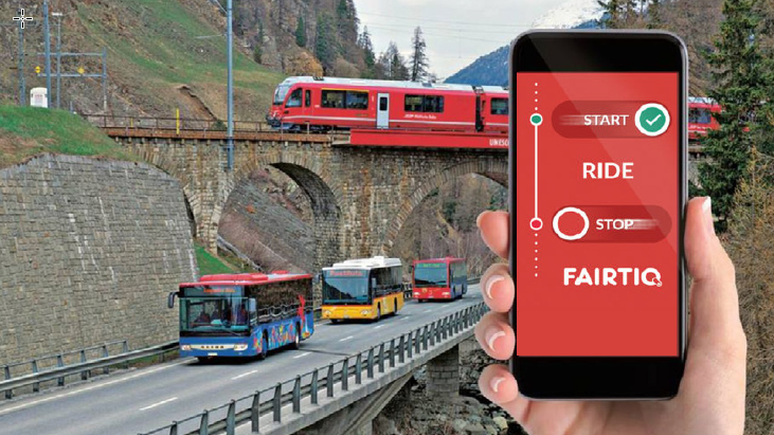Seamless payment – an innovation for the purchasing process

The type of settlement and payment model affects our purchasing decisions. The E-Commerce Report Switzerland 2018 has shown this with its spotlight topic of ‘seamless payment’.
This is probably the nature of the beast: there is always something unsavoury about the act of spending. It is something we would, in fact, rather avoid. We are forced to weigh the merits of each individual purchase whenever we acquire and pay for something at the same time. Subconsciously, this even happens when we do not really question, for example, whether we should pay for a tram ticket or if the fare is reasonable.
But it is more than a psychological hurdle that gets in the way of making a payment. Who has never ‘accidentally’ boarded a tram without buying a ticket simply because they were too short of time to bother with the ticket machine? Do we go to the gym regularly because we have bought an expensive membership? Do we use our phones with reckless abandon because our flat-rate plan opened the gate for doing so? Or who occasionally buys something online because the delivery is apparently free of charge? These examples show how the specific settlement and payment model influences our consumer and buying habits.
Influencing the payment process
Bundles, flat rates, subscriptions, memberships – these well-established models are successful ways to influence the payment process. They eliminate – or at least reduce – payment hurdles for purchasing a given product or service. Conversely, the hurdle presented by the initial decision to buy becomes that much higher. And this is no surprise because these models bring up additional uncertainties for consumers: am I actually paying too much for the bundle or flat rate plan? Will my subscription tie me down for too long? Should I really become a member here? All I really want is to pay less.
Just grab and go!
As consumers, we really do not want all of these obstacles. It took yet another one of those radical Internet companies to recognise what the customer really wants and adapt accordingly: ‘No lines, no checkout – just grab and go!’ True to this slogan, Amazon Go has, perhaps a bit boastfully, introduced ‘the world’s most advanced shopping technology’. How this differs from the rather clumsy self-checkout solutions offered by large distributors is striking.
Amazon Go
All the customer needs is an Amazon account. When entering the store, they ‘scan’ themselves in with their phone, pick out their groceries and then leave the store. Cameras and sensors record the products that the customer has bought and the total is charged to their Amazon account.
Seamless payment – the better solution
A supermarket without checkout lines is an example of a seamless payment solution. Instead of the customer, the provider initiates the payment using the payment method selected ahead of time. The goal is nothing less than to radically simplify the recurring payment transactions for the customer – without being tied to certain products, fixed subscription periods or having to agree to receive advertisements. It is up to the providers to decide whether to continue selling goods and services using the same business model or whether to make use of innovations available through seamless payment.
Conservative or innovative?
In 2018, the seamless payment solutions for the Swiss public transport sector have clearly demonstrated this: Zurich’s public transport association (ZVV), for instance, launched its convenient ticketing app. At first, tickets could only be purchased before starting a journey and with a set destination – much like conventional tickets.
The FAIRTIQ and lezzgo apps have now added innovation to the public transport business model. A new ticket is issued for each journey, without requiring the passenger to already make a decision about their first destination and any additional journeys. This is because the settlement is carried out only after all of the day’s trips have been recorded by the system so that the optimal fare can be calculated for the passenger.
The significance of this new system is underestimated. The fact is that we use public transport only with reserve – our travel habits by bike or with our own cars are much more spontaneous. The new billing model grants public transport passengers the same convenience that is otherwise only available to holders of a GA travel card. Paywalls are replaced by a psychological net gain.
Info
The E-Commerce Report Switzerland 2018 discusses seamless payment in detail and presents five case studies of solutions that have already been implemented. The complete study report is available free of charge here: www.commerce-report.ch/en/study-archive/